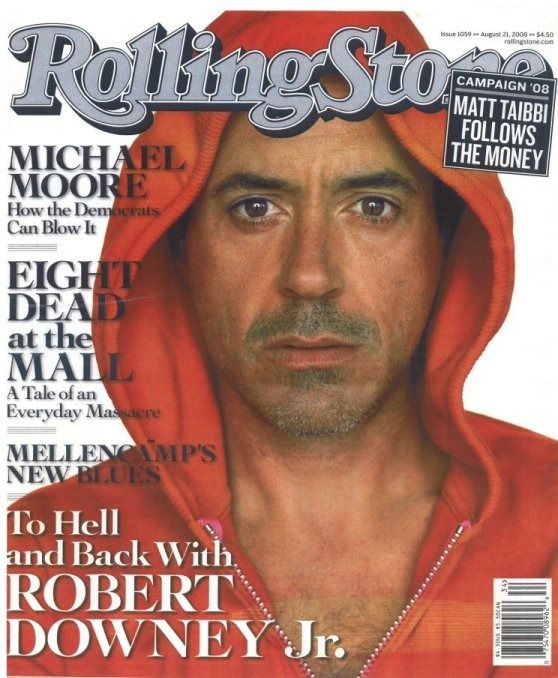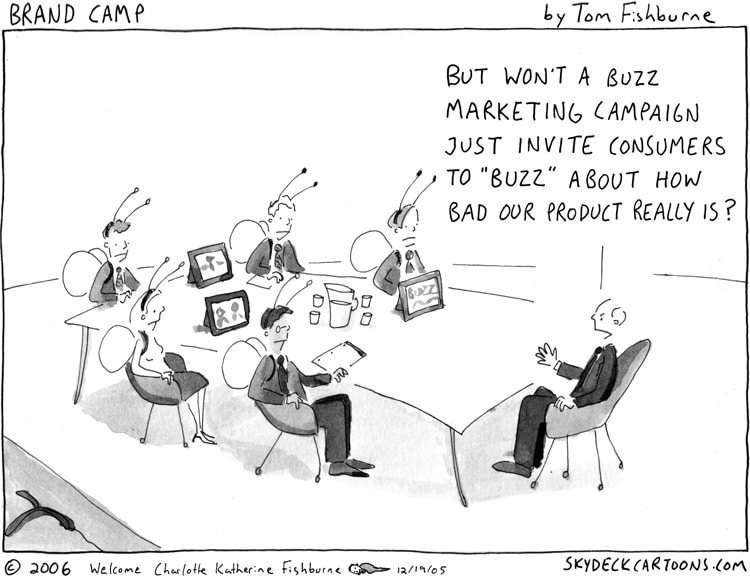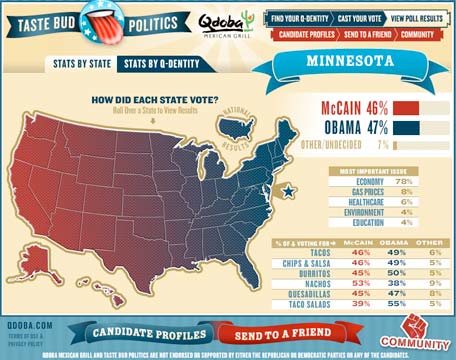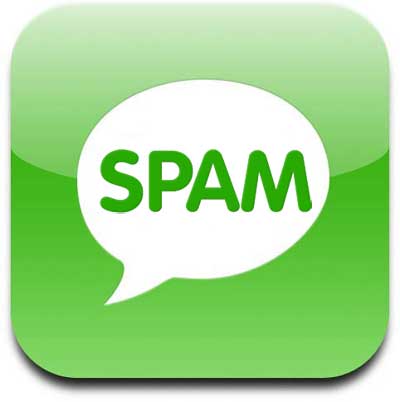Media isn’t changing, it has already changed
By: Bill Powell > August 11th, 2008

Rolling Stone Magazine just annouced that they are reducing the size of its magazine to better accommodate newsstands. I’m sure it has nothing to do with the fact that people aren’t reading magazines like they used to or the fact that postage and printing prices are on the rise.
If you look across the landcape of the old media (TV, radio, newspapers) they all have had trouble gaining traction with modern technology. Broadcast TV has had to deal with declining eyeballs since the 80s when cable has diluted its stranglehold on TV advertising. With the introduction of the Tivo and other DVRs, networks aren’t sure what to do. Local TV is also scrambling.
Local radio have to deal with iPods and satellite radio and the Herald-Leader, who used to be the only print game in town, is scrambling to catch up to groups such as Smiley Pete with niche products like Skirt and web portals covering every niche possible.
If you haven’t already, upgrade your company web site. Let customers create a dialog with you. Communicate to them with a mutli-channel strategy including a mix of the old media and a healthy dose of the new media.



